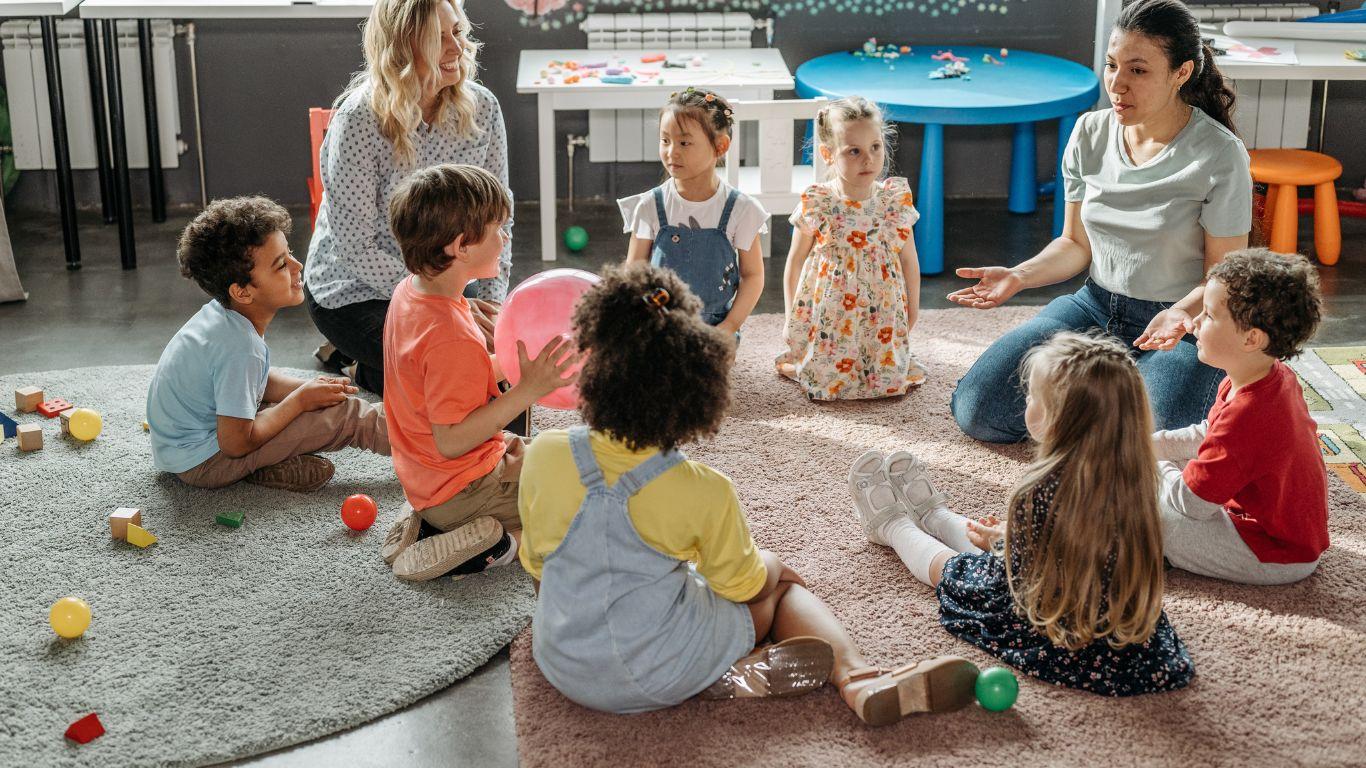
Environmental Education in Kindergarten: Nurturing a Love for Nature
Introduction:
Kindergarten marks the opening of a kid’s formal education, and integrating environmental education in kindergarten is a vital step toward fostering a lifelong love for nature. In this article, we will delve into the significance, benefits, and realistic approaches to incorporating environmental schooling into the kindergarten curriculum.
The Benefits of Early Environmental Education:
Environmental schooling at an early age contributes to cognitive development and emotional and social growth and fosters a deep connection to nature. Young minds soak up statistics like sponges, and exposing them to environmental standards is the basis for a holistic appreciation of the world.
Incorporating Nature into the Curriculum:
Transforming the kindergarten journey includes outside school room activities, nature-themed lesson plans, and eco-friendly crafts. These hands-on experiences no longer solely make gaining knowledge exciting but additionally instill a sense of accountability in the direction of the environment.
Teachers’ Role in Fostering Environmental Awareness:
Teachers play a pivotal role in nurturing environmental awareness. Leading by example, facilitating discussions, and organizing discipline journeys create an immersive learning experience that goes beyond the confines of normal classrooms.
Engaging Activities for Young Learners:
Nature walks, gardening projects, and flora and fauna statement things to do captivate younger learners, offering them firsthand experiences that beautify their appreciation of the herbal world.
The Impact on Children’s Well-Being:
Beyond academics, early exposure to environmental training has a profound impact on a kid’s well-being. Reduced stress levels, expanded concentration, and more suitable bodily fitness are among the fantastic consequences observed.
Environmental Education and Academic Performance:
Research shows a tremendous correlation between environmental schooling and educational achievement. Building a basis for future learning, these packages instill an experience of curiosity and imperative questioning in younger minds.
Community Involvement and Partnerships:
Collaborating with nearby companies and involving dad and mom in environmental training initiatives creates a sense of community. These partnerships beautify the applications and create a supportive ecosystem for younger learners.
Overcoming Challenges in Implementing Environmental Education:
Despite its benefits, imposing environmental training may additionally face challenges such as restrained assets and resistance. Tailoring applications to what a man or woman wants and addressing worries can help overcome these obstacles.
Case Studies and Success Stories:
Explore gorgeous kindergarten applications and success memories that spotlight the wonderful consequences of environmental education. Real-world examples encourage educators, mothers, and fathers to suggest comparable initiatives.
FAQs about Environmental Education in Kindergarten:
What is the proper age to begin environmental education?
There is no precise age to begin environmental education; however, introducing it in kindergarten is ideal. At this stage, young people are curious and receptive, forming a robust basis for a lifelong connection with nature.
How to contain it into current curricula?
Integrating environmental schooling into current curricula can be seamless. Teachers can incorporate nature-themed activities, out-of-doors projects, and eco-friendly classes that align with core subjects, making getting to know them both enticing and educational.
Addressing parental concerns.
Parents may additionally fear about protection or the educational focus. Communication is key. Schools can tackle worries through informational sessions, showcasing the advantages of environmental education, and making sure that security measures are in place.
Assessing the effect on the kid’s behavior.
Assessing its impact entails modifications in behavior, an accelerated hobby in nature, and a heightened focus on environmental issues. Surveys, remarks from teachers, and anecdotal proof make a contribution to a complete assessment.
Measuring the success of environmental education programs.
Success can be measured through tutorial performance, multiplied environmental awareness, and advantageous behavioral changes. Tracking students’ engagement, incorporating assessments, and searching for remarks from educators and dad and mom are fine comparison methods.
Integrating science into nature-based learning.
Technology can beautify nature-based learning. Utilize academic apps, digital nature tours, and online sources to complement outside experiences. Balancing science with hands-on things to do ensures a well-rounded instructional approach.
Conclusion:
In conclusion, environmental education in kindergarten is a transformative strategy that no longer solely enhances educational mastery but additionally nurtures a profound love for nature. Implementing these techniques creates a technology for environmentally aware individuals, fostering a sustainable and harmonious future.







